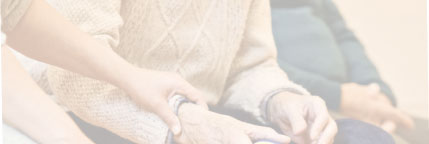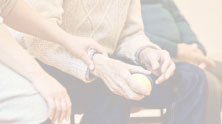
REQUEST A BROCHURE

REQUEST A DEMO
We'll even come to youThe Importance of Exercise & Physical Activity at any age
This is a great article publiched by the National Institute on Aging (NIA). It outlines the importance and benefits of staying active at any age and gives some great usefull tips.
Like most people, you’ve probably heard that physical activity, including exercise, is good for you. If you’re already active, keep it up. It may even be time to push yourself a little harder, try a new activity, or find new ways to add exercise to your daily life.
Don’t worry if you’ve never exercised, or if you stopped exercising for some reason. Let us help you get moving. By picking up this book and looking through it, you’ve taken an important first step toward good health.
This guide is the centerpiece of Go4Life®, NIA’s national campaign to help you fit exercise and physical activity into your daily life. To find out more about how Go4Life can help you be more active, visit our website at www.nia.nih.gov/Go4Life. Go4Life is a registered trademark of the U.S. Department of Health and Human services.
Why Is Physical Activity Such a Big Deal?
Regular exercise and physical activity are important to the physical and mental health of almost everyone, including older adults. Being physically active can help you continue to do the things you enjoy and stay independent as you age. Regular physical activity over long periods of time can produce long-term health benefits. That's why health experts say that older adults should be active every day to maintain their health.
In addition, regular exercise and physical activity can reduce the risk of developing some diseases and disabilities that develop as people grow older. In some cases, exercise is an effective treatment for many chronic conditions. For example, studies show that people with arthritis, heart disease, or diabetes benefit from regular exercise. Exercise also helps people with high blood pressure, balance problems, or difficulty walking.
One of the great things about physical activity is that there are so many ways to be active. For example, you can be active in short spurts throughout the day, or you can set aside specific times of the day on specific days of the week to exercise. Many physical activities—such as brisk walking, raking leaves, or taking the stairs whenever you can—are free or low cost and do not require special equipment. You could also check out an exercise video from the library or use the fitness center at a local senior center.
What's the Difference Between Physical Activity and Exercise?
Both terms refer to the voluntary movements you do that burn calories. Physical activities are activities that get your body moving such as gardening, walking the dog, raking leaves, and taking the stairs instead of the elevator. Exercise is a form of physical activity that is specifically planned, structured, and repetitive such as weight training, tai chi, or an aerobics class.
Physical activity and exercise are both important and can help improve your ability to do the everyday activities you enjoy.
The bottom line? There are many ways to be active every day. Find something you enjoy doing, include it in your regular routine, and try to increase your level of activity over time.
make it a priority
Being active and exercising regularly can change your life. See how Greta has benefited from regular exercise:
"At age 67, I'm in the best physical condition of my life. Two years ago, I joined a low-impact aerobics class at a nearby senior center. The entire routine is done to music, planned and led by an instructor. My balance has improved greatly, and my osteoporosis has remained stable."
<< Back to Blogs


